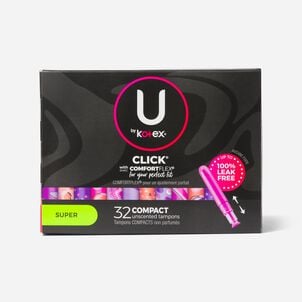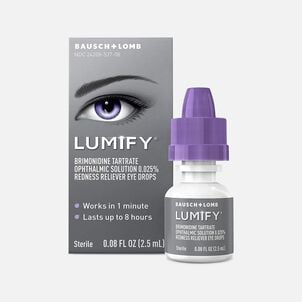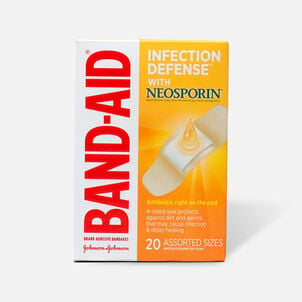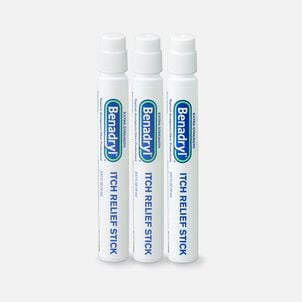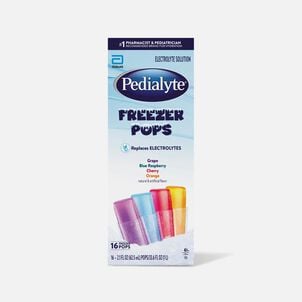When Laura Coleman and her husband got married in 2011, having children was at the top of their list. Coleman, who was 34 at the time, and her husband, who was 40, waited a year after marriage before trying. However, it turned out that her husband had infertility issues. They decided to try by route of in vitro fertilization (IVF).
This process can be costly. According to data by FertilityIQ, the average cost of a cycle of IVF is $23,000. Freezing one's eggs is $17,000. And as a patient most likely undergoes multiple cycles, you're looking at a hefty medical bill.

Here's the good news: funds in your HSA can help foot the cost. Here's how the Colemans used an HSA to pay for in vitro fertilization:
How an HSA can help pay for IVF
Over the course of four years, Coleman went through three natural IVF cycles, one full cycle, and one transfer, which resulted in pregnancy. A natural IVF cycle is similar to stimulated or traditional IVF procedure, but without the use of drugs to stimulate the ovaries to produce multiple mature eggs. The grand total for all procedures, including medication, was $35,000.
The Colemans used their HSA to fund roughly half of the total costs. Here's how:
Save well ahead of time
The Colemans saved aggressively (the family max) for almost three years to save up for IVF. They were able to save $18,000 -- a little more than half the cost -- into an HSA fund. Her husband had a high-deductible health plan (HDHP) through his employer, and they contributed the yearly maximum for families. (FYI, the 2024 contribution limits are $4,150 for individuals, and $8,300 for couples.)
As both Coleman and her husband were working full-time, Coleman's entire paycheck went toward saving for IVF. "Besides helping us fund the IVF, it lowered our taxable income," says Coleman. "A big draw was the tax benefits." [NOTE: The money set aside for the HSA contribution is what lowers the taxable income, not the entire amount of the paycheck.]
Devise a bulletproof savings plan
Besides planning a few years in advance and giving themselves ample time to save for the procedure, here are some ways Coleman suggests you can fund your HSA for IVF:
You can roll money over from their traditional IRA to an HSA. You'll allowed to do this once in your lifetime. This transfer is tax-free.
Auto-save through your employer. That way a portion of each paycheck goes directly into you HSA account. Your employer might also contribute to your HSA. In Coleman's case, her husband's employer contributed $200 a year.
Transfer existing savings into your HSA, keeping in mind the annual limit.
Tuck away "extra cash" from Christmas, birthday money, gifts from friends and family, or from an inheritance. Or save part of your tax refund into an HSA.
Adjust your IRS tax withholdings to change your deductions. This will bolster your paycheck. That additional money can go toward your HSA.
Redeem credit card points as cash to fund your HSA.
Auto-save from your checking. If you're participating in your health plan as an individual, you'll need to save $79.80 to reach the annual max. If you are participating as a family, you'll need to tuck away $159.61 a week. If you find yourself falling behind, you have until April 15th of the following year to make contributions for the current year.
Know your eligible expenses
While her health insurance paid for some of the medical expenses, the rest were paid out-of-pocket. Here are the types of qualified expenses HSAs can cover:
- Medication. Coleman paid for medication for her full IVF cycle, which was $4,000, from her HSA.
- Fertility doctor bills. (It's always a good idea to have them write you a note that states that the procedures you'll undergo are medically required, to keep on file in the event of an IRS audit). .
- Acupuncture. Acupuncture was recommended to Coleman to help the blood flow. She was pleasantly surprised that her HSA covered this as a qualified medical expense.
- Egg retrieval
- Ultrasounds after transfer
- Pregnancy tests and ovulation kits
- Prescribed fertility enhancements
Before you undergo the IVF process, look up to see what are qualified medical expenses. Coleman also suggests talking to your reproductive medicine doctor about all the fees involved. Don't forget to double-check to make these fertility doctor fees are considered qualified medical expenses through your HSA.
Unfortunately, Coleman had a miscarriage eight weeks after she got pregnant. However, she and her husband were smart enough to save for the entire process beforehand.
"If we had not saved beforehand, we would've experienced the sting of not getting pregnant and having a $17,000 bill," says Coleman. "And what if you do get pregnant, and want to be a stay-at-home-mom, but you now have a huge debt? That would limit your options."
By saving through an HSA account and a personal savings account, the Colemans were able to avoid digging a debt grave. If you're considering IVF, you can, too.
-
Thank you for visiting the HSA Store Learning Center. Don’t forget to follow us for more helpful tips on Facebook, Instagram, and Twitter.
 |
| 

.png)




